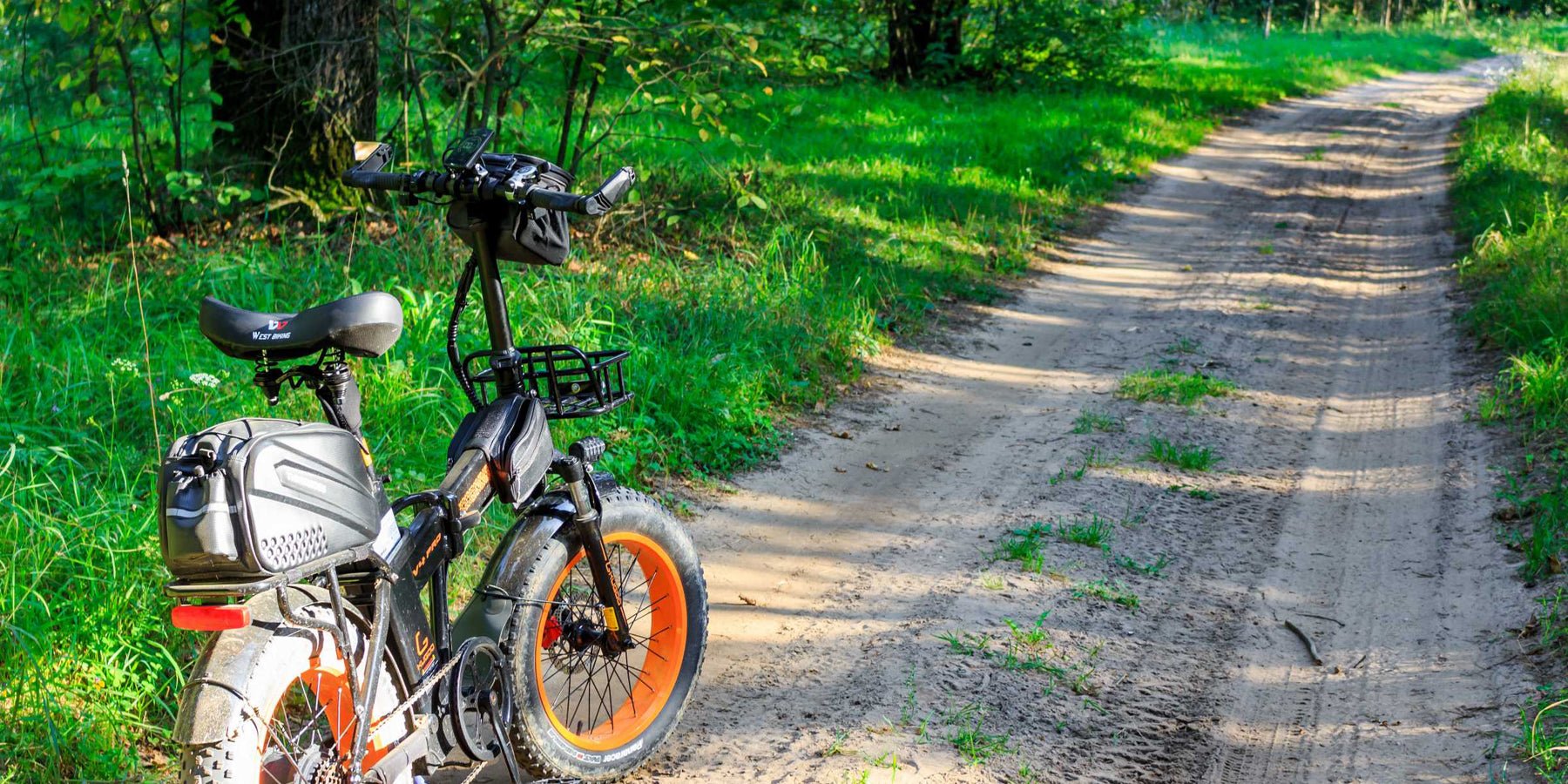You can’t miss them: fat bikes. Those chunky, thick two-wheelers with electric support that are suddenly popping up everywhere. In the city, in the countryside, in the schoolyard - you see them literally everywhere. Young people in particular seem to have switched to them en masse. And honestly? They have something. They float silently over the road, ideal if your child has to cycle a really long way to school or if you want to quietly explore a wooded area off-grid.
But still… something is wrong. Because no matter how cool they are, they also cause confusion, speed differences and crowded cycle paths. What do we do with this rise of powerful bicycles that are not quite a scooter, but not really 'just' a bicycle? Important to know if you do decide to buy a fatbike for your child (?): is this a lasting trend, or are we on the eve of a new traffic headache?
Because one thing is certain, the discussion about the place of fatbikes in traffic is topical. Not only in large cities, but also in villages and suburbs, residents wonder whether these powerful bikes belong on the cycle path. In addition, the question arises whether schools do enough to provide information about the use of these types of bikes. The role of parents, schools and salespeople is therefore becoming increasingly important.
Fatbikes are popular with young people and parents
Where e-bikes were mainly popular among the elderly, we now see that young people are switching en masse to fatbikes. The look is cool, the comfort is high and you can get to school or work in no time. More and more parents are therefore opting for an electric bike with support for their children. The line between playful means of transport and serious mobility solutions is blurring. This creates a challenge for policymakers and enforcers. Because what do you do with a vehicle that is popular, legally available?
on, but in practice sometimes causes inconvenience? Buying an electric bike therefore requires more awareness: what is and is not allowed? What about insurance? And is a helmet mandatory? The answers to these questions often depend on the type of fatbike and the rules in the region. In some municipalities, information campaigns are started, while other municipalities mainly focus on enforcement. Parents also play a role: they can help their children by agreeing on rules together, such as where and how fast you are allowed to ride. This creates more awareness and responsibility.
Change requires clear guidelines
Municipalities and schools are already running campaigns to make young people more aware of traffic regulations. However, practical examples show that enforcement is difficult. Not every fat bike is technically the same and rules are interpreted differently. It helps if sellers and manufacturers provide clear instructions and indicate for what use the bike is intended. For those considering buying a fat bike, it is therefore smart to pay close attention to things like speed, engine power and legal status. This prevents surprises afterwards. Ultimately, the fat bike will become an indispensable part of the street scene, but the infrastructure and regulations must move along to guarantee safety for everyone. Web shops such as Dailyride.nl respond to this by providing extensive product information and advice for each bike. In their showrooms, too, a lot of attention is paid to safety, regulations and choosing the right model. By taking responsibility as a supplier, you contribute to a safer traffic environment.
The future of the fatbike is not only with the user, but also with the providers, municipalities and parents. Only through cooperation will this mobility trend become a success story instead of a problem.












Interesting? Share with someone:
Cosmetic gift? Yes, that's okay!
Home Café recipe: Iced Caramel Coffeeshake